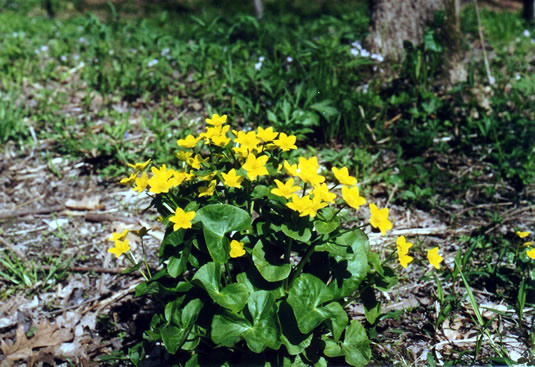|
The
Legend of Rice Lake
submitted
by Timm Severud (Ondamitag)
Almost
every lake, stream and cave in Northern Wisconsin is connected with some
Indian legend. Most of them are tales of the power of Wenabozhoo.
Many,
many moons ago, when all the world was new, Wenabozhoo led a lonely, wondering
life. Frequently he visited Gitchee Gumee, which he himself had made,
and the Apostle Islands formed by him on a beaver hunt long ago.
One
day, as he journeyed through the forests, he came to Rice Lake. At that
time, the lake was covered with wild rice, and many ducks and geese lived
there, feasting on the rice. When Hiawatha saw the large flocks of geese
he determined to catch some.
|
|
Walking
In The Sand
With
our canoes beached upon the shores at Ozette, I was Walking In The Sand
visiting my friends in their camps and admiring the natural world around
us. Viewing the shorelines from our camps is very breathtaking. The sceneries
have stunning beauty. The sandy beaches along the shores, the many tide
pools with their magical world of sea life amongst the rocky outcroppings
at low tide; the islands, some small and flat while others majestically
stand proudly out of the sea with sea birds, colorful flowers, and small
trees upon them, are scattered along the coastline, with the voices of
nature, the ocean's mystical calling, the sea lions barking, the eagles
calling out to each other (and sometimes you feel they are calling to
you while they are looking right at you) - all these things are filling
our senses with peace and harmony.
|


![]()

![]()
![]()




